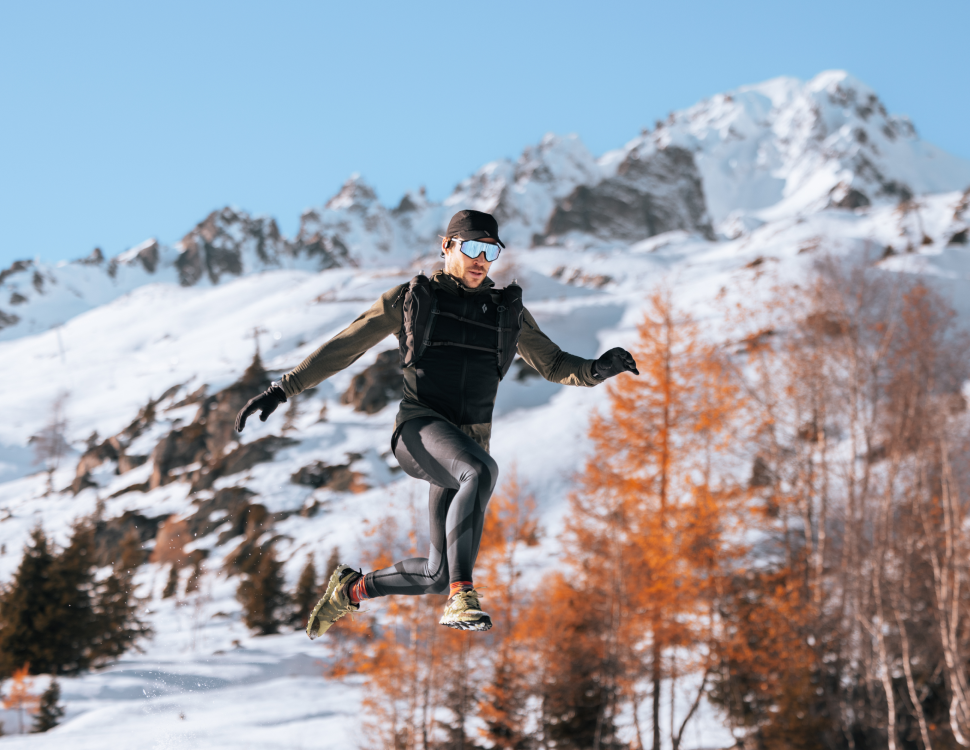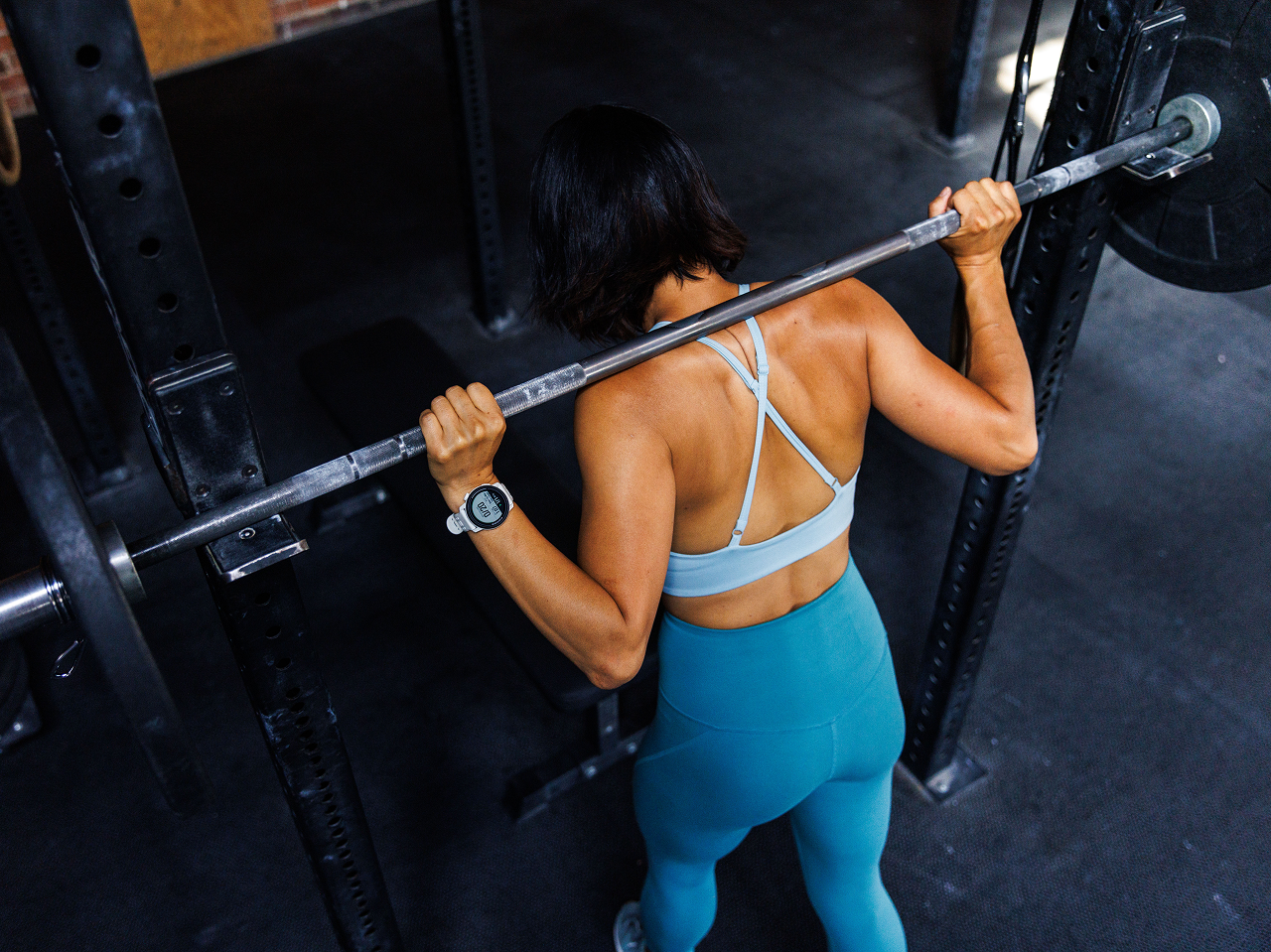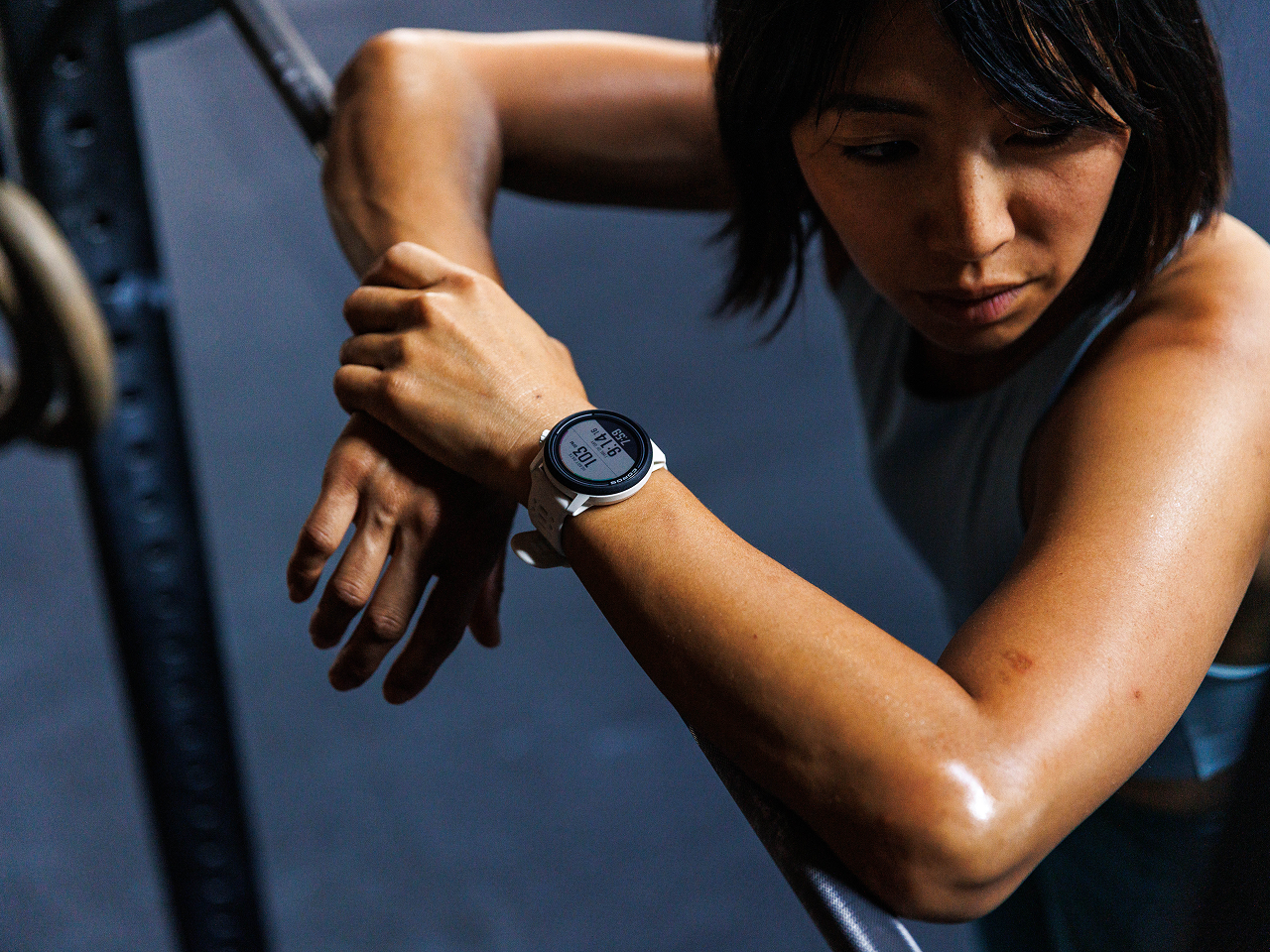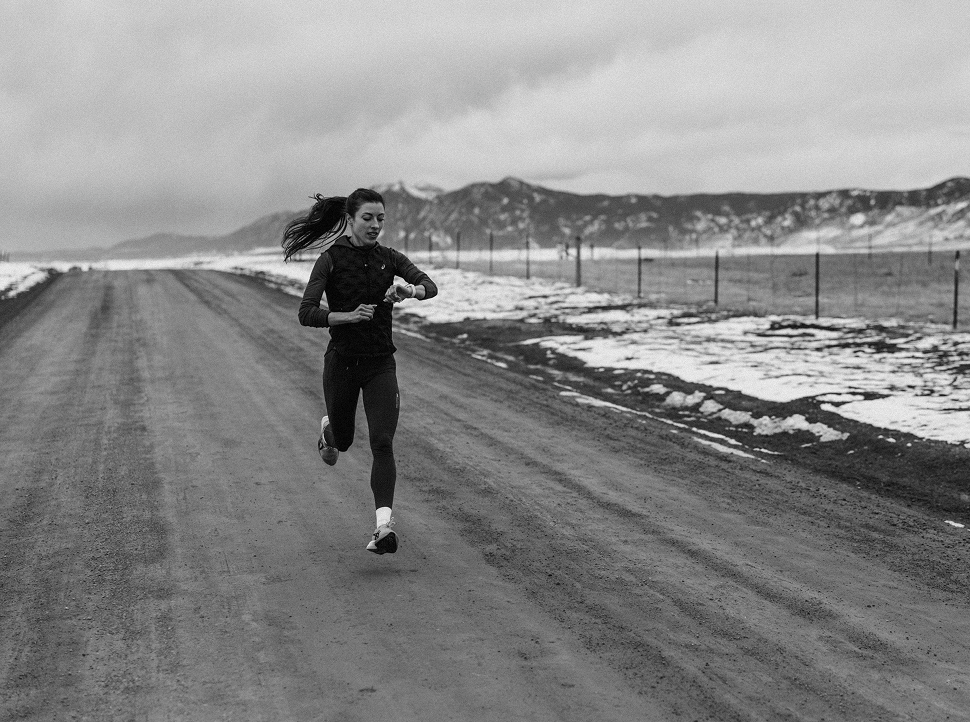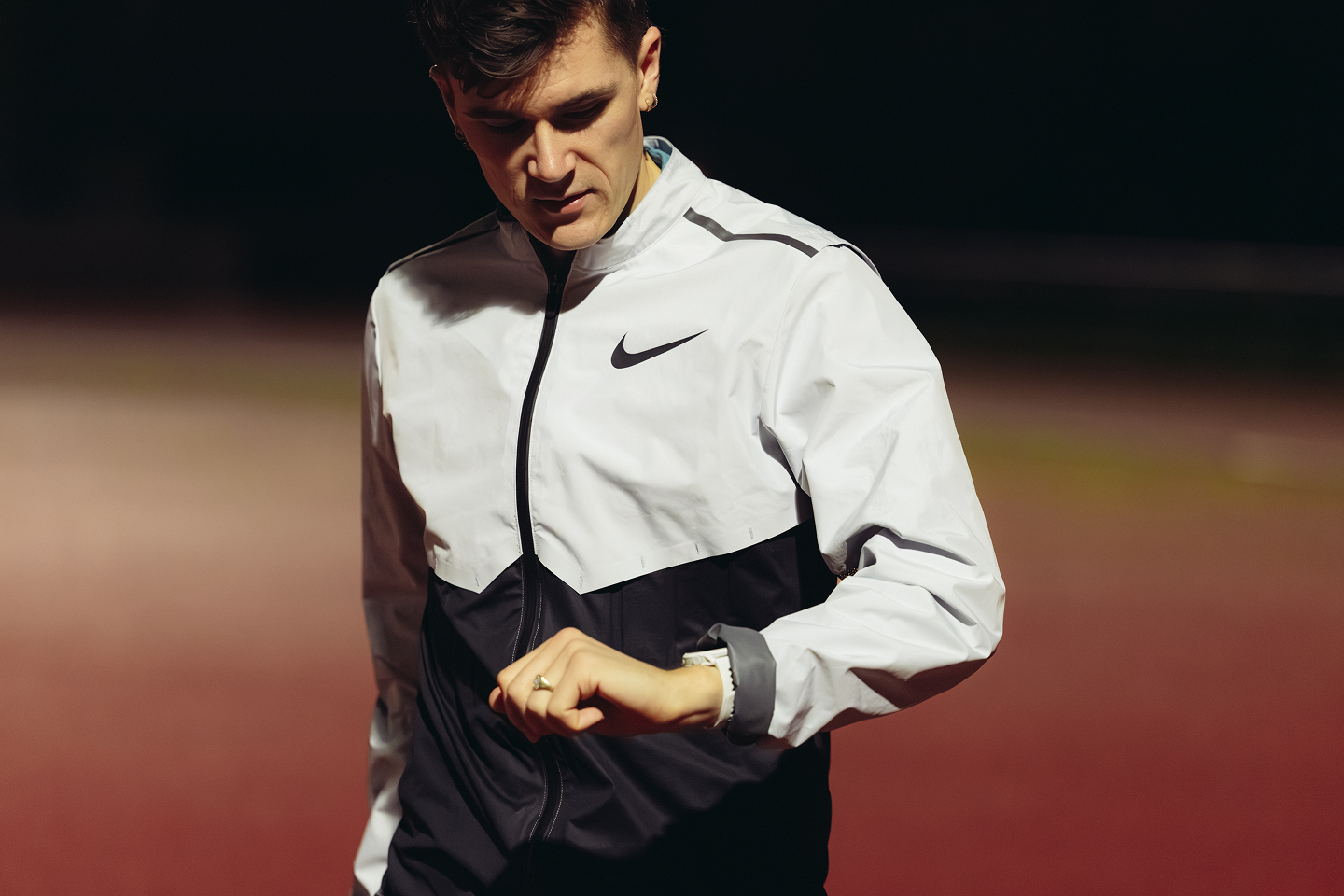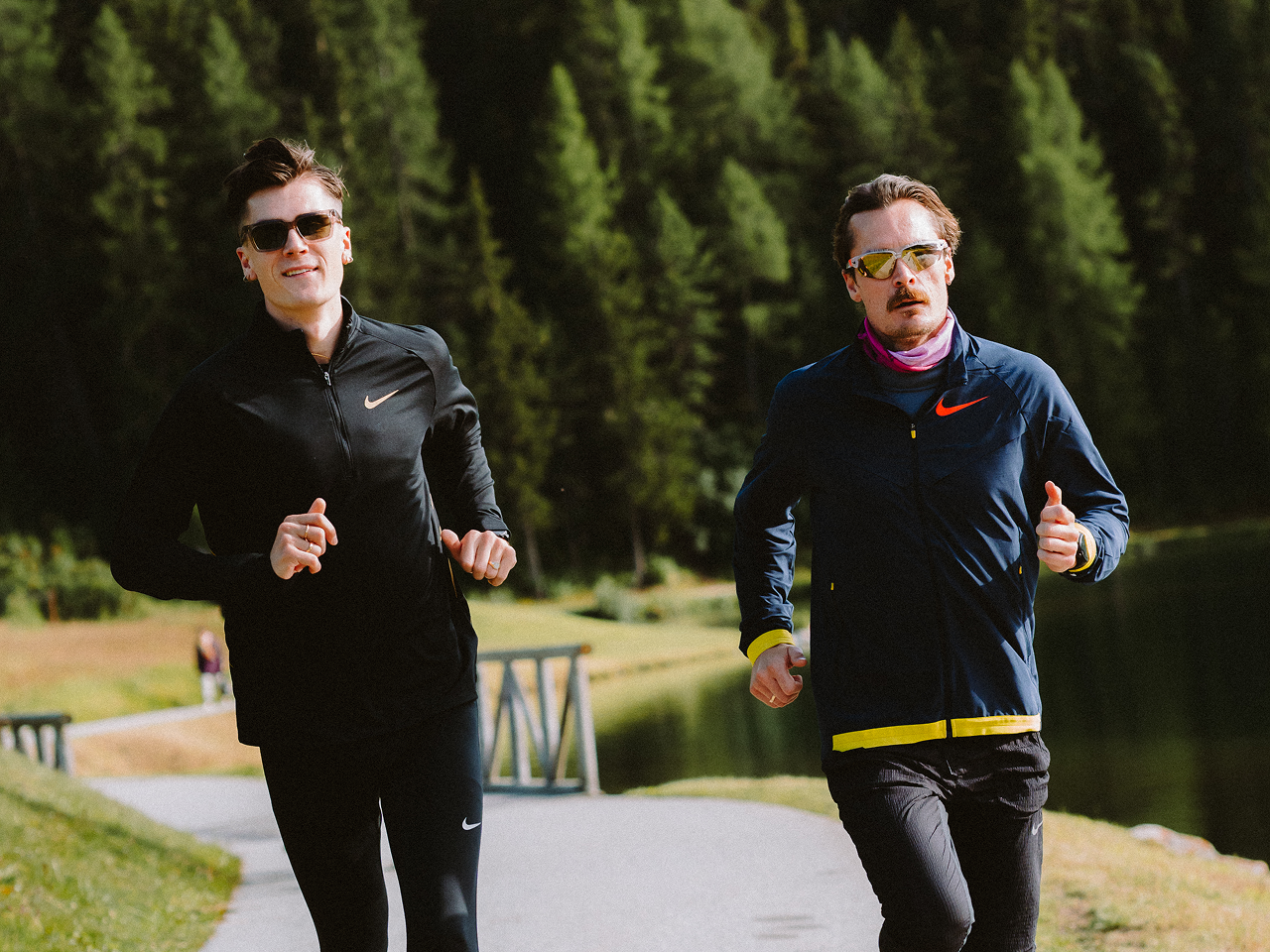Heat is one of the most predictable performance limiters in endurance sport. As the air temperature rises, your body’s ability to dissipate heat becomes as important as your aerobic fitness. This isn’t just a problem for ultramarathons in the desert. Even mild increases in temperature above your normal training climate can affect pace, heart rate, and perceived effort.
Understanding the Impact of Heat on Performance
Exercise generates a large amount of heat because the chemical reactions in your muscles release energy as both movement and warmth. In cool weather, your body can shed most of that heat through sweat evaporation and air moving across the skin. As temperatures rise above 20°C (68°F), this cooling becomes less effective. Around 25°C (77°F), you will see measurable changes in performance: heart rate will drift 5–10 bpm higher at the same pace, lactate accumulates faster, and perceived exertion increases.
When heat combines with high humidity, the effect is amplified. With more moisture already in the air, your sweat doesn't evaporate as fast, limiting your body's ability to cool itself. The heat index (a measure that combines temperature and humidity) is a better predictor of strain than temperature alone. For example:
- 30°C (86°F) at 50% humidity has a heat index of 31°C (88°F) and slows marathon pace by about 2–3%.
- 30°C (86°F) at 80% humidity has a heat index of 38°C (100°F) and can slow marathon pace by 5% or more.
Wet-Bulb Globe Temperature(WBGT) is more accurate for predicting heat illness risk because it also accounts for solar radiation and wind, but it requires a specialized device or local data feed. If you have access to this statistic, it is the gold standard. If not, the heat index is still sufficient.
A study on Boston Marathon results concluded that the ideal running temperature is between 7°-15°C (44°-59°F), with elite runners preferring the colder end of that range. Temperatures up to 18°C (64°F) show only a very small heat penalty. From there, each 5°C (9°F) rise in temperature above ~18°C adds roughly 1–3% performance loss depending on humidity, wind, and individual tolerance. Above 32°C (90°F), the curve steepens, and your risk of heat illness rises rapidly.
| Heat Index | Condition | Suggested Adjustment |
| <24°C (75°F) | Low heat stress | No adjustment needed for healthy athletes. |
| 24–28°C (75–82°F) | Mild heat stress | Slow by ~1–2% if racing or doing long runs. Consider moving intense sessions to cooler times of day. |
| 28–32°C (83–90°F) | Moderate heat stress | Slow pace by 3–5% or shorten intervals. Increase fluid intake throughout the day. |
| 33–37°C (91–99°F) | High heat stress | Risk of heat-related illness increases. Slow pace by 5–8%, reduce volume, monitor HR closely. |
| 38–40°C (100–104°F) | Very high heat stress | Limit to short, controlled exposures. Prioritize cooling strategies. Avoid long or high-intensity sessions. |
| >40°C (>104°F) | Extreme heat stress | Training not recommended outdoors without controlled environment or advanced monitoring. |
How to Reduce by %: When reducing your pace by a percentage, convert the time into seconds and multiply by the percentage. For example, a 10:00/mi pace is 600sec/mi. For a 5% reduction, 600×0.05 = 30, so you would reduce your pace by 30 seconds per mile.
Physiological Adaptations to Heat Training
Heat acclimation helps your body adjust to higher temperatures, reducing the risk of heat-related issues. Repeated exposure to heat triggers several adaptations that improve tolerance:
- Blood volume expansion: Within 5–7 days, your body increases the plasma volume in your blood by 4–12%, helping maintain cardiac output despite higher skin blood flow demands.
- Earlier onset of sweating & increased sweat rate: You start cooling sooner and more effectively.
- Lower core temperature: Heat-adapted athletes begin exercise with slightly lower resting core temperature and maintain lower peaks.
- Reduced heart rate drift: Your heart rate still rises over a long session, but less steeply than before.
Most adaptations occur in 7–14 days of consistent exposure, while maintaining them requires at least one heat session every 5–7 days. There is variation among individuals, though, so everyone will adjust at different rates.

Efficiency Score for runs throughout the summer
One way to monitor this process is with your Efficiency Score. When you first train in heat, you will likely see efficiency drop, since your heart rate is higher than expected for your usual pace. As you adapt, efficiency should trend back toward your normal range and may even surpass it, showing that your cardiovascular system has adjusted to the additional thermal load.
The Ideal Temperatures for Heat Adaptation
For most athletes, training at low intensities in the 27–32°C (80–90°F) range offers strong adaptation stimulus without overwhelming safety risks. Above 35°C (95°F), adaptation still occurs but at great cost. Dehydration rates soar and workout quality can plummet. In those cases, shorter, controlled exposures work better than long sessions.
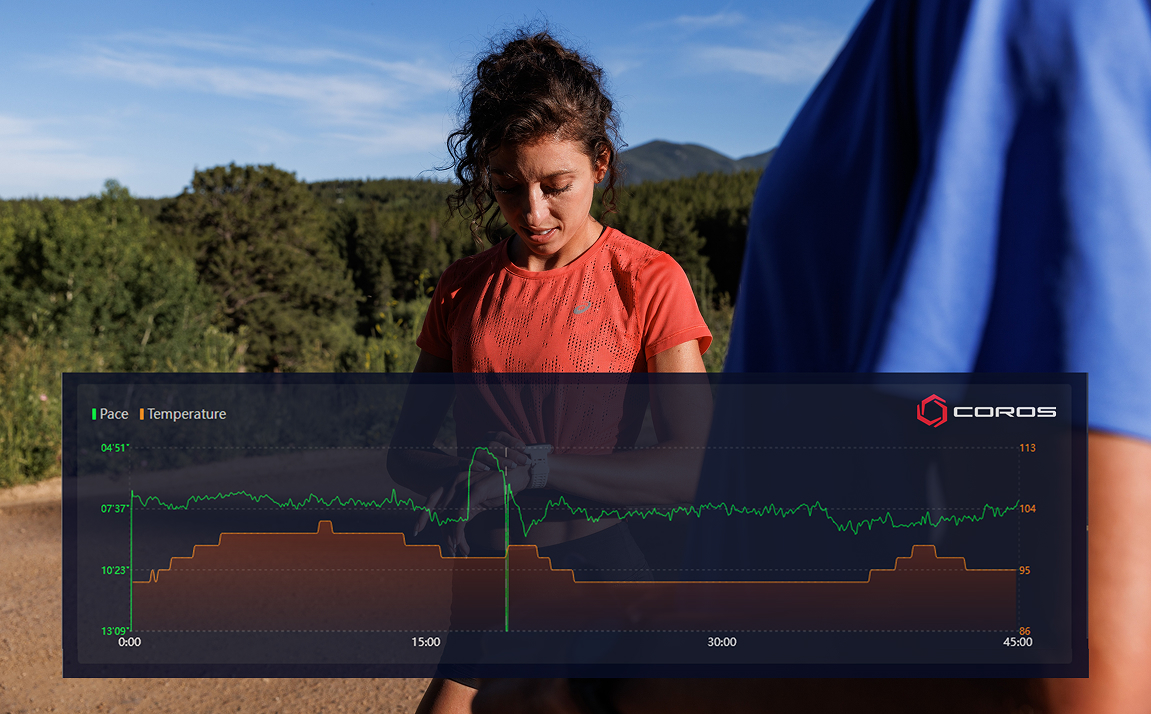
The COROS POD 2 (when worn on the foot) and DURA both record ambient temperature during your activities
Heat and the Menstrual Cycle: Higher progesterone levels during the luteal phase can contribute to runners experiencing higher-than-normal core temperatures and heart rates, especially when training in the heat. This can put you at a higher risk of dehydration.
Structuring Heat Training
Early in the adaptation period, use your easy aerobic runs (Zone 2) as your heat sessions. Two or three per week is enough to drive adaptation without overloading recovery. Once adapted, you can occasionally perform moderate-intensity runs (Zone 3) in the heat to maintain gains, but save high-intensity intervals for cooler conditions so you can hit your target or pace.
During these runs, monitor your heart rate and effort closely. If your HR is 5–10 bpm above your normal range for the same pace, you’re seeing the cardiovascular strain of heat, and should adjust accordingly.
You can make this easier by customizing your COROS activity pages to display real-time ambient temperature via the POD 2. Knowing whether you’re running in 28°C (82°F) or 33°C (91°F) can help you interpret why your HR is elevated and prevent you from pushing too hard too soon.
Cooling during training:
- Hydrate with cool fluids throughout the day before heading out.
- Wear light, breathable clothing that promotes airflow.
- Run loops that pass water sources so you can splash down.
- Use routes with shade to stay out of direct sunlight.
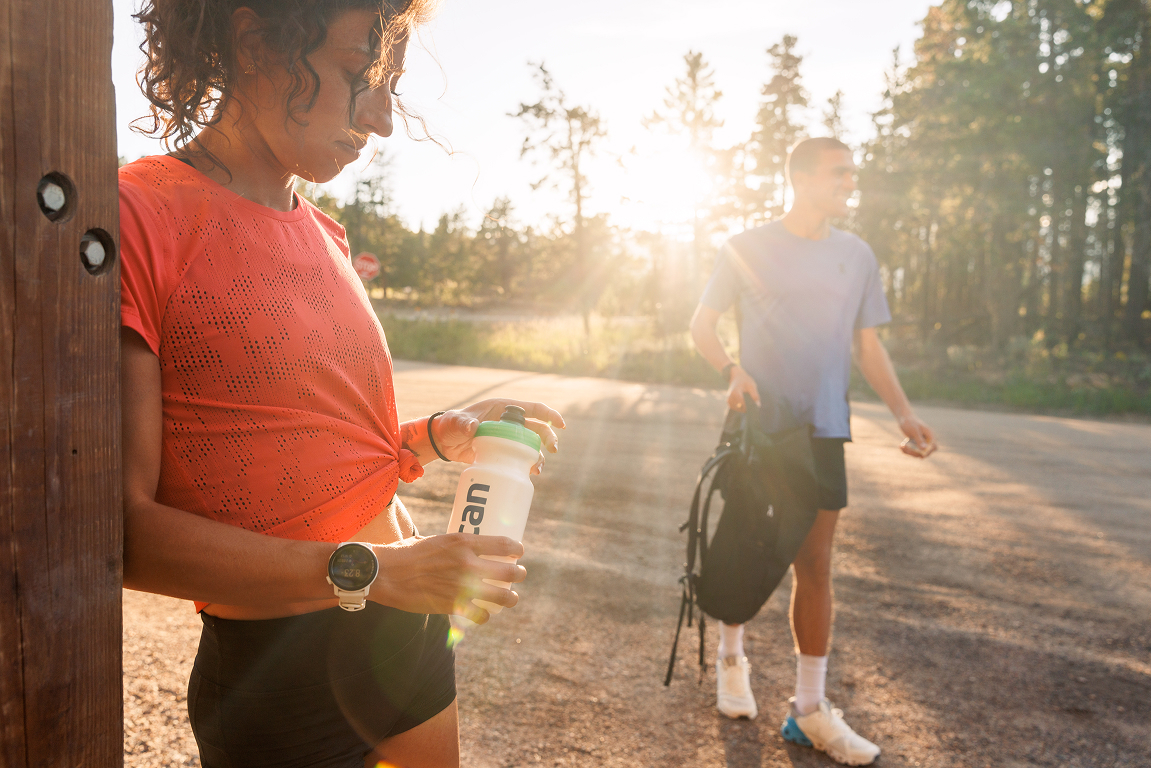
Racing in Hot Conditions
Racing in the heat requires pacing and cooling strategies, even with full adaptation. A race at 30°C (86°F) may require 3–5% slower pacing than your goal at 15°C (59°F). Sometimes, the weather doesn't allow for an acclimation period. If race day is significantly hotter than your training climate, you'll likely need to adjust your expectations even further. Use heart rate zones to guide you, staying within your planned race-zone range even if your pace is slower than expected.
Pre-race cooling can buy you valuable minutes before your core temperature begins to rise:
- Drink fluids and consume electrolytes in the days leading up to race day.
- Stay in the shade or indoors as long as possible.
- Use ice packs on your head, neck, or palms before the start.
In-race cooling should focus on maximizing evaporation:
- Pour water over your head, arms, and legs at aid stations.
- Use ice in a hat or hold it in your hands (cooling the palms can reduce heat strain).
- Choose lighter-colored gear to reflect rather than absorb sunlight.
- Rehydrate and replenish electrolytes as part of your nutrition plan in longer races.
After the race, keep a close eye on your recovery metrics. A lower-than-usual HRV, prolonged Recovery Time, or a dip in Efficiency Score is a signal that the heat load was significant and you may need extra easy days before resuming harder work.

/filters:quality(90)/fit-in/970x750/coros-web-faq/upload/images/c0eb3c9890272b660149a14b1f3a0c70.jpg)
